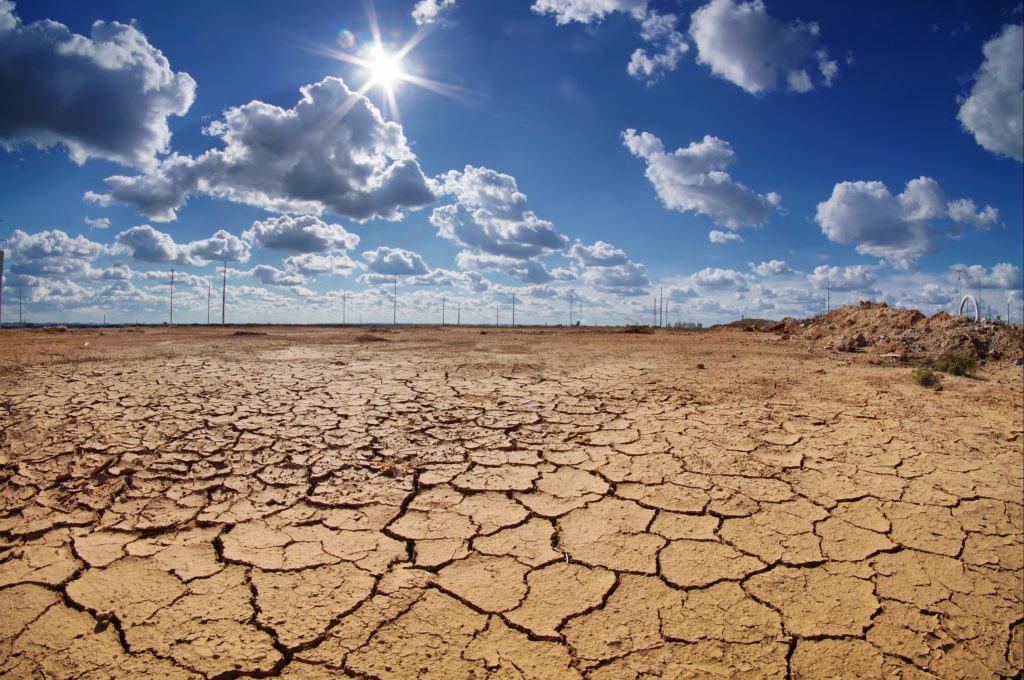Agriculture and forestry are two sectors which economically, are very valuable due to the various products and services they provide. Recent research has shown that, for better or for worse, climate change has an impact on these sectors. Weather effects on crop yields are multiple, making their assessment challenging, yet interesting.
The various factors include changes in temperature and precipitation, carbon dioxide fertilization effects, availability of water for irrigation, increasingly frequent and severe extreme weather, and stress from diseases and pests. Climate change affects various variables, including temperature, precipitation, humidity, wind speed, sunshine duration, and evaporation, which indirectly affects vegetation.
Projected effects of climate change on crop yields tend to be more negative than positive, especially as the scale of climate change increases, but can vary considerably across regions and under different modelling approaches. There are three ways in which the Greenhouse Effect may be important for agriculture. First, increased atmospheric carbon dioxide (CO2) concentrations can have a direct effect on the growth rate of crop plants and weeds. Secondly, CO2-induced changes of climate may alter levels of temperature, rainfall and sunshine that can influence plant and animal productivity. Finally, rises in sea level may lead to loss of farmland by inundation, and increasing salinity of groundwater in coastal areas.

Projected impact of climate change on agricultural yields
Source: Cline W., 2007, Global Warming and Agriculture
Climate change will cause forest outputs (such as timber) to increase by approximately 30% over the century, due to carbon dioxide enrichment. Inter-annual variability of crop yields will likely increase in many regions, which will pose new challenges for landowners. However increased CO2 levels may also cause direct inhibition of respiration at night temperatures higher than 21°C.
Increase in the mean seasonal temperature can reduce the duration of many crops and hence reduce final yield. In areas where temperatures are already close to the tolerable limit for crops, warming will impact yields more immediately. In the case of rice, exposure to high temperature for a few hours can greatly reduce pollen viability and, therefore, cause yield loss. Aggarwal and Mall’s study in 2002 revealed that a 2°C increase, resulted in a 15–17% decrease in grain yield of rice and wheat.
Global warming will accelerate many microbial processes in the soil-floodwater system, with impacts on the Carbon and Nitrogen cycle. Increased soil temperature may also lead to an increase in autotrophic CO2 losses from the soil caused by root respiration and root exudates. Fungal and bacterial pathogens are also likely to increase in severity in areas where precipitation increases. Where warmer and more humid conditions persist, cereals would become more prone to outbreaks of pest and diseases thereby reducing yield. In forests, under a very moderate 2°C warming, the mountain pine beetle is likely to seriously threaten the Rocky Mountain whitebark pines, which provide food for many wildlife species.
Improved timber supply will affect the market, usually lowering prices. It will also impact supply for other uses, such as enhancing the potential of using various types of wood biomass energy. The use of wood for fuel and biomass energy could dramatically escalate in the face of rising energy prices and new technologies. Some estimates project a rise in biofuel demand during the next 50 years by as much as ten times the current demand.
From various studies it has been shown Global warming may have a few positive effects among the harmful effects, however it is more dangerous than beneficial in the long run. Climate change is expected to have generally negative effects on food markets and food security. To survive the impacts of climate change on agriculture, forestry and food production, we will need to act at global, regional, national and local levels.
References:
Martinich, J., Crimmins, A., Beach, R. H., Thomson, A., & McFarland, J. (2017). Focus on agriculture and forestry benefits of reducing climate change impacts. Environmental Research Letters, 12(6).
Mahato, A. (2014). Climate change and its impact on agriculture. International journal of scientific and research publications, 4(4), 1-6.
Kirilenko, A. P., & Sedjo, R. A. (2007). Climate change impacts on forestry. Proceedings of the National Academy of Sciences, 104(50), 19697-19702.










